Dan Aykroyd's Family History
Ghostbusters is arguably one the greatest film of the 80s in terms of comedy, horror, and sci-fi. It is a staple when you talk about the best films of that time. We've all seen Ghostbusters at least a few times, but how much do you really know about the classic? Here are some unknown facts about the film that'll surely surprise you! 
Dan Aykroyd grew up surrounded by spiritualists, with his great-grandfather, Samuel A. Aykroyd, a noted nineteenth-century psychic investigator. He conducted séances at the family house in Ontario with a medium named Walter Ashurst. This was passed down to Aykroyd’s grandfather, Maurice, who was an engineer for the Bell Telephone Company. Maurice tried to create a high-vibration crystal radio that could contact the spirit world.
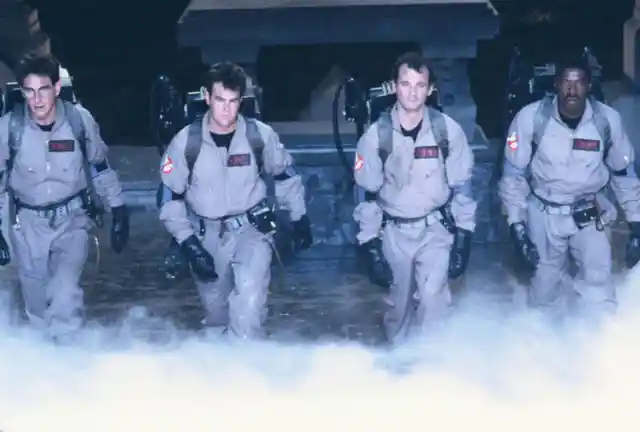
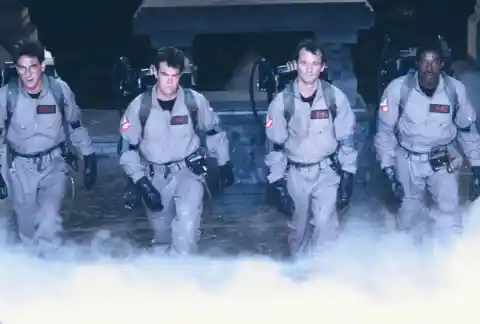
Dan's father would go on to collect many supernatural publications including the documentation of the séances conducted by his grandfather. Aykroyd would use these documents as inspiration for Ghostbusters.
It Could've Been A Very Different Ghostbusters

The actors he had in mind for the three main protagonists were himself, John Belushi, and Eddie Murphy. He had also originally written Ghostbusters to not only take on ghosts and ghouls but also travel through time and alternate dimensions to do so. It would have been a $300 Million production if the screen-write hadn't been adapted to fit the time restraint and budget of the production.
John Belushi Makes A Ghost Appearance

John Belushi was supposed to be one of the original three Ghostbusters. Tragically, he passed away before the movie began production. Nevertheless, Dan Aykroyd found a way to honor his friend and SNL alumni with the creation of "The Slimer" who was a gluttonous party animal style ghost, resembling their late friend.
It's A Rush
Once Aykroyd nailed down the general concept and the narrative of the film, he brought on Ivan Reitman, not only to direct, but also to sell the movie to a major motion picture studio. Price asked Reitman just how much the outrageous-sounding movie would cost, and the director allegedly threw out a random guesstimate of $30 million.
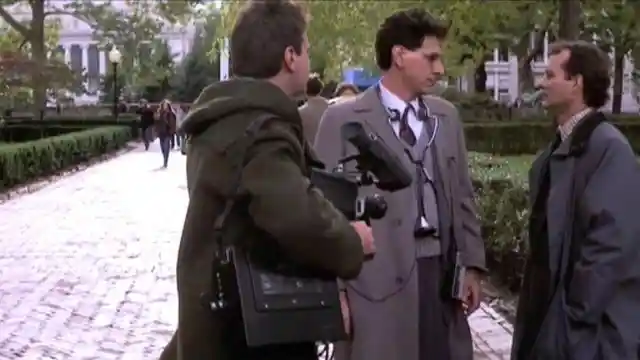
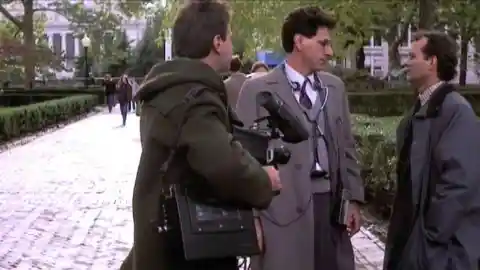
Price agreed on the budget but had one major request that would prove to be an extremely difficult feat to overcome, in that he wanted the production to wrap up in 12 months time to be ready for June and a summertime release.
Sigourney Weaver's Unique Audition
Sigourney Weaver had just come off an amazing performance in Alien when she wanted to take on a role with more comedic relief. Her audition for her role in Ghostbusters was unusual to say the least, not having said a word throughout, but instead transforming into a demon hound while crawling all over the casting couch.
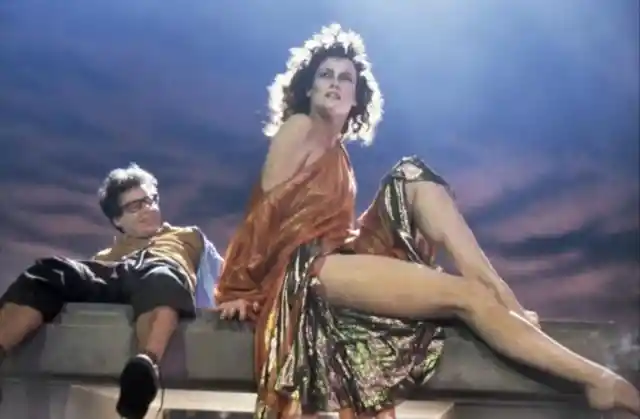
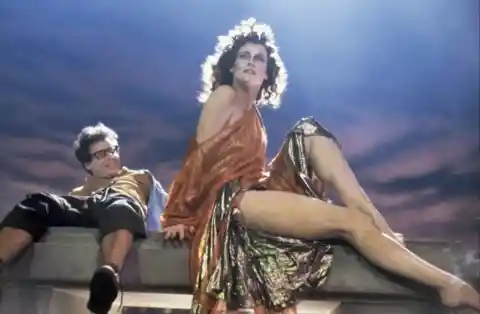
She added to the character by snarling at the director in the audition. This bizarre experience frightened Reitman just enough to convince him that she was perfect for the role.
Loius Tully Was Meant For Someone Else
The role of Louis Tully had originally been offered to John Candy. Candy crossed a few lines early-on, requesting a re-write where his character would have an angry German personality that lived with a pack of dogs.
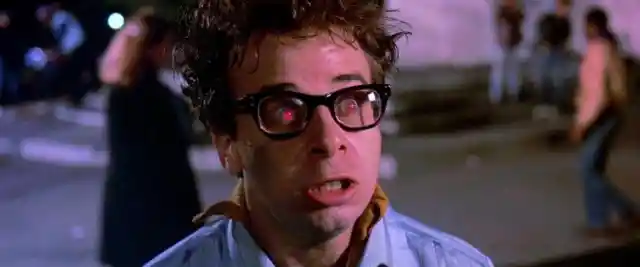
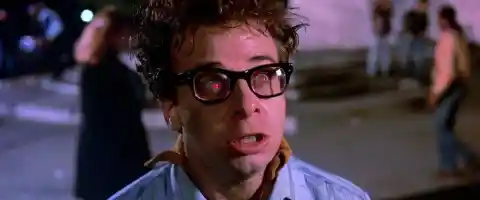
He also wanted his character to be the leading role in the film. Reitman and Aykroyd didn't like Candy's take on the role, so they went in the direction they initially intended on.
Egon Spengler Was Inspired By A Friend
When trying to come up with the perfect name for his character, co-writer Harold Ramis turned to people in his life for inspiration. “Egon” was the first name of Egon Donsbeck, a Hungarian exchange student at Stephen K.
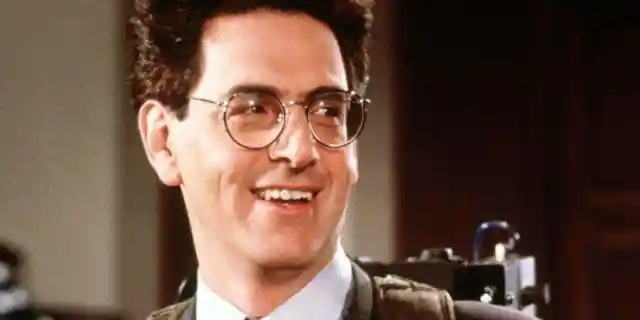
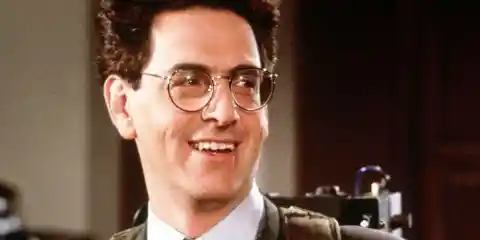
Hayt Elementary, who was Ramis' classmate when he grew up in Chicago. As for the "look" of his character, Ramis copied the style of a random guy he'd seen on the cover of an abstract architectural journal.
New York Based Movie
New York was the setting of the production of Ghostbusters and even today, it's quite common that NYC tourists go out of their way to visit some of the most famous Ghostbusters locations. One of them was the exterior of FDNY Hook & Ladder #8 building at 14 North Moore Street in TriBeCa, which served as the Ghostbusters’ base of operations.
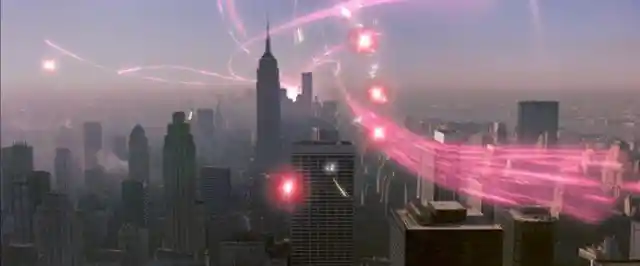
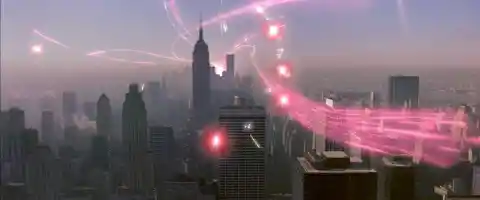
The apartments at 55 Central Park West housed the homes of Dana Barrett and Louis Tully. The New York Public Library at Fifth Avenue and 42nd Street is recognizable for the lions guarding its entrance, and Columbia University’s Havemeyer Hall served as the Weaver Hall Department of Psychology building, seen at the beginning of the movie where the Ghostbusters were thrown out of the building.
The Ectomobile Broke Down, And It Was One Of A Kind
The Ectomobile was a 1959 Cadillac, decked out with special features to pass for the Ghostbusters iconic vehicle. Due to the limited time the team had to produce the film, there was only one model built for the film, and the crew was overly cautious around it to ensure it's longevity.
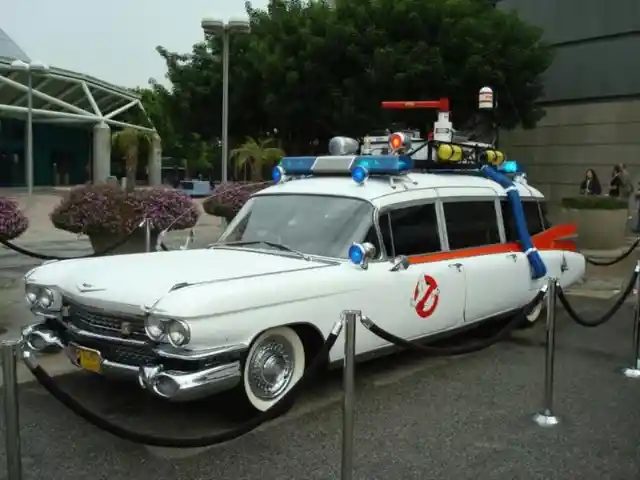
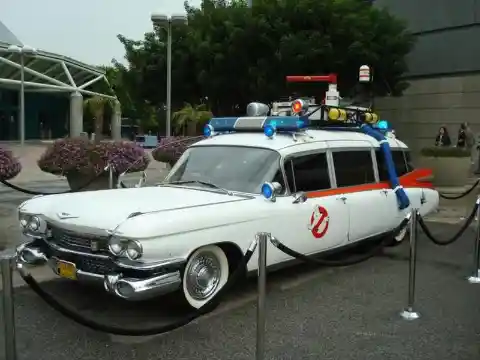
It actually broke down on the Manhattan Bridge right after production wrapped up. Luckily, this didn't affect the production or release of the movie.
Visual Effects Or Spray Paint And A Peanut?
The visual effects team—who also worked on Star Wars and Indiana Jones—were given only 10 months to design, build, and shoot every special effect in the film. They had to think on their feet almost constantly.
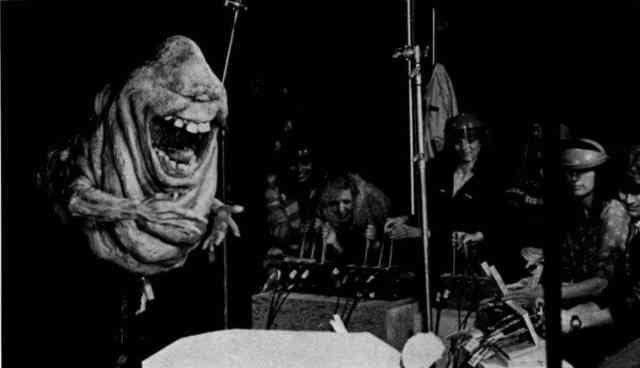
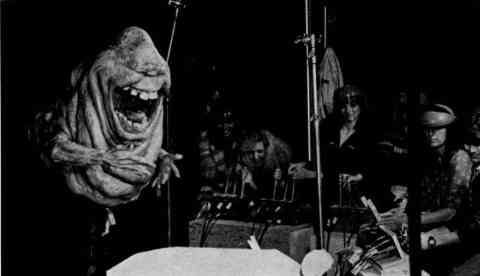
There was one scene where "The Slimer" had to chase Peter Venkman and slime him in classic Ghostbusters fashion, which the visual effects team utilized a peanut that they spray painted green.
Unorthodox Appearances
Reitman never made a physical cameo in the film, but he did a few voice-overs to make a few scenes more believable.
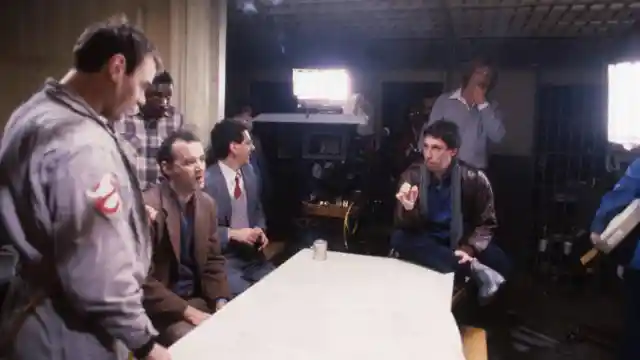
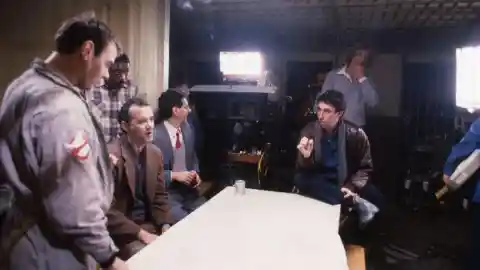
One of which was the scene where "The Slimer" was pigging out over a buffet of food, and Reitman recorded snorting and grunting to capture the grotesque eating habits that were meant to resemble John Belushi.
Bill Murray's Caddyshack Character Was Cut
It wasn't specified where in the movie this was supposed to take place, but there is a scene where Bill Murray was supposed to reprise his character, Carl Spackler, from the 1980 comedy masterpiece Caddyshack. They had to cut the scene, considering that they had to save time in their rushed production that had to meet their 12-month mark.
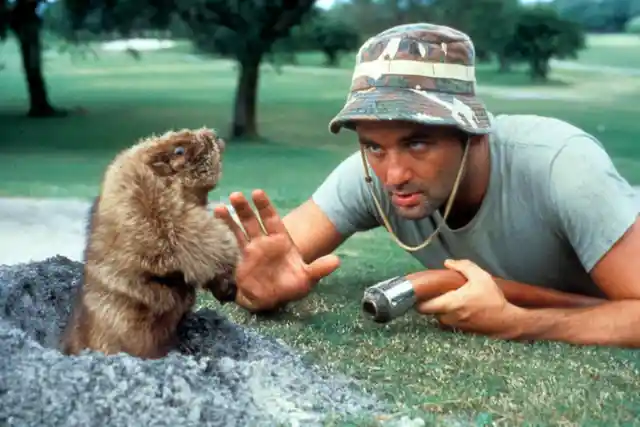
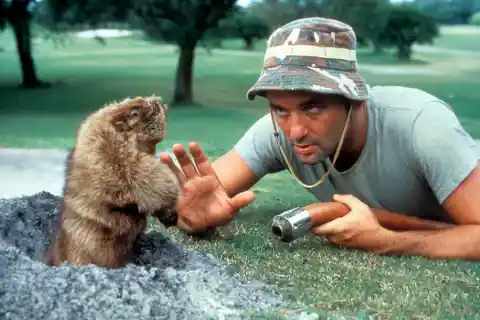
They instead were able to place more time into the scene where Louis Tully would be chased by the possessed hounds.
This Iconic Logo Was Created By One Of The Producers
Associate producer Michael C. Gross, a bit of a renaissance man, designed the image that would later become the "No Ghost" logo, used to immortalize the film.
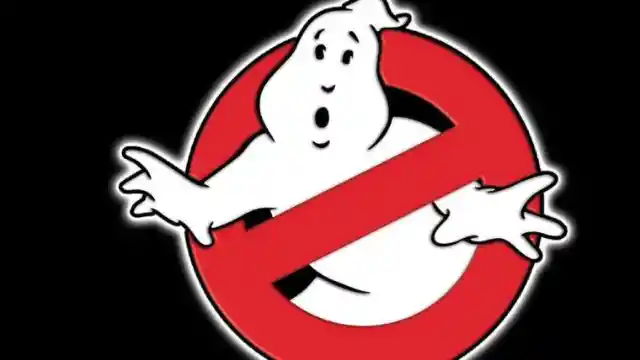
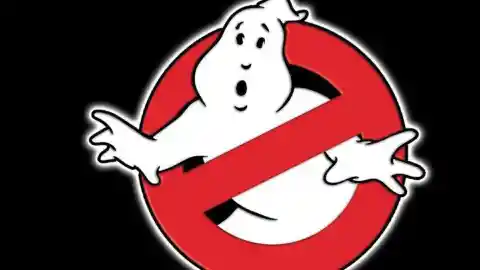
Prior to getting into the movie business as a producer, Gross served as an art consultant for The Muppets, John Lennon, and The Rolling Stones. He was very well accomplished, which is why it comes as no surprise that this simple design became legendary.
Shutting Down Central Park
While shooting to film the outside of Dana's apartment building, the production team was granted permission to temporarily stop traffic near West 65th Street and Central Park West. They didn't know how badly this would disrupt the flow of traffic in other parts of the city. One upper west side resident who complained was author Isaac Asimov, who Aykroyd happened to be a big fan of.


Asimov said their production was “inconveniencing” him. Aykroyd was able to smooth things over by taking the opportunity to tell Asimov what a big fan he was of his work.
Crossing The Streams
The crossing of the streams, which was used to defeat the Marshmallow Man, was actually not in the original script at all. They really weren't sure how to get the Ghostbusters out of the final scene alive, so the idea struck them when they were talking about the unrealistic language used to scientifically describe the proton packs.
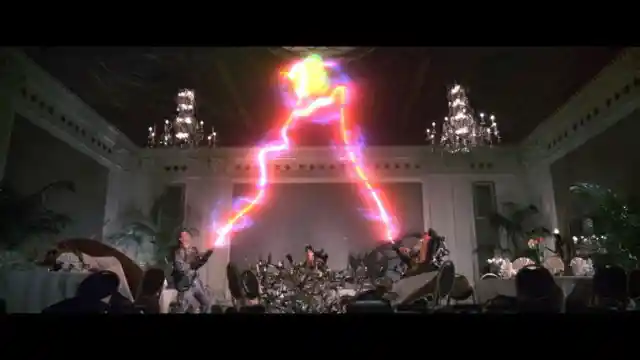
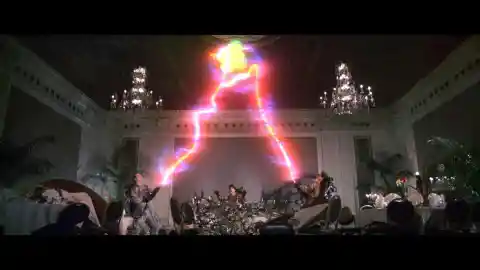
The idea hit them that if they crossed streams, it would make their unusual weapons more effective, however dangerous it supposedly would be. This idea was perfectly executed in the film with a little bit of foreshadowing early on, only to be revisited in the final scenes of the movie.
The Marshmallow Man Was Really Shaving Cream
Once the Ghostbusters cross the streams, the rift between the two dimensions causes the Marshmallow Man to explode, raining down marshmallow on the unsuspecting New Yorkers below. But getting that amount of actual marshmallows to dump on the film’s extras was implausible. Instead, Edlund’s team collected 500-gallon batches of shaving cream to substitute for the remnants of Mr.
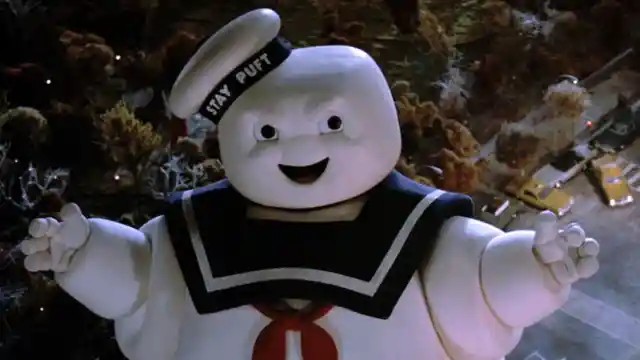
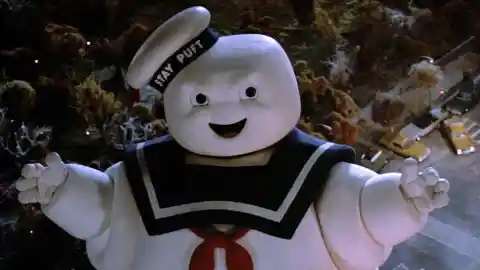
Stay-Puft. William Atherton, who played EPA villain Walter Peck, was skeptical about having such a large amount of heavy cream dropped on him, so they tested the idea on a stuntman using only 75 pounds, and it knocked him to the ground. The stuntman was okay, and another smaller batch was collected to dump on Atherton for the final take in the film.
They Almost Had To Change The Name
Reitman faced an anxiety-ridden situation that could've derailed the entire production. Universal Studios had produced a live-action TV series titled 'The Ghost Busters' in the 1970's.
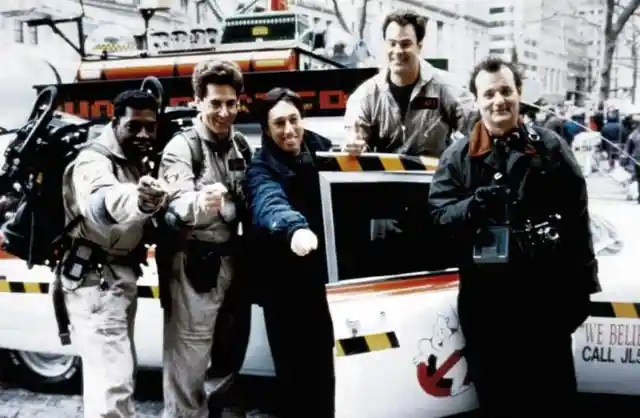
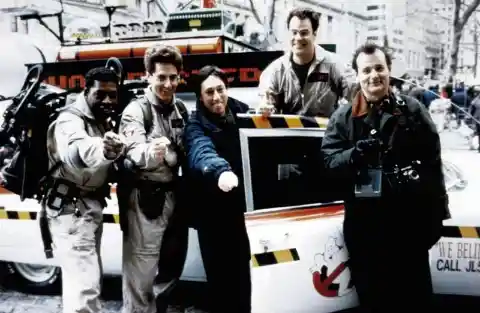
Although they were threatened with a legal dispute, Reitman got lucky when he learned that Price, the head of the production with Colombia Pictures informed him that he was moving to Universal Studios and was able to let it all go.
Huey Lewis Was Not A Fan Of The Theme Song
The iconic tune—with the often quoted “Who you gonna call?” and “I ain’t afraid of no ghosts!”—bore a striking resemblance to Lewis' "I Want a New Drug," so much so that the song's publishers sued for plagiarism. Huey Lewis and The News were originally asked to sing the theme of the film, but they denied the offer.
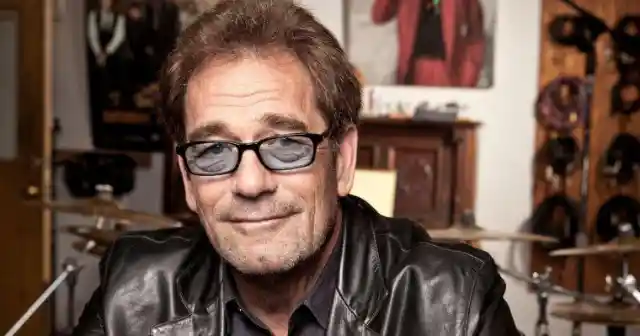
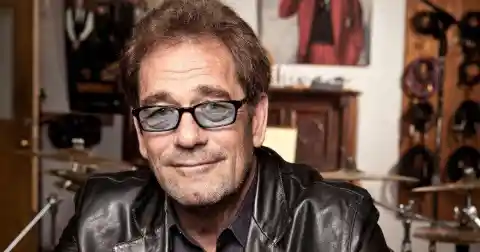
The suit was settled out of court, but you can decide for yourself just how similar they sound.
Experimenting With New Instruments
Composer Elmer Bernstein wanted to exceed the abilities of a conventional orchestra for Ghostbusters, so he combined both new and old technology.
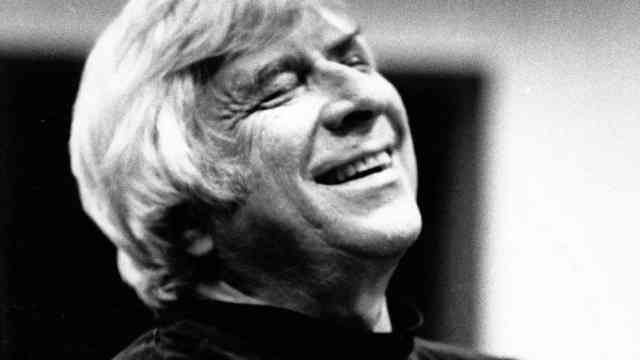
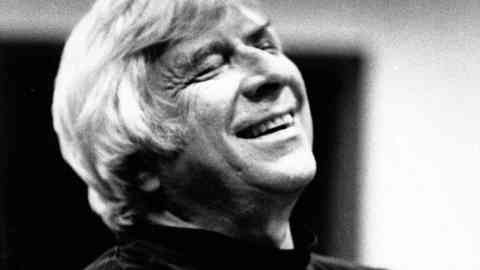
His Yamaha DX-7 synthesizer was used to create weird sounds that orchestral instruments couldn’t conjure up.